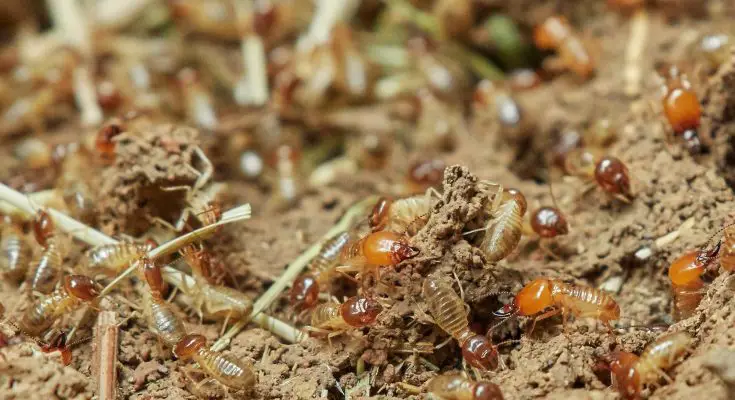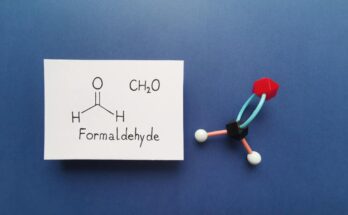Did you know that termite damage on a home can often go unnoticed for months or even years before it becomes visible to the eye?
However, by that point, the damage can already be quite severe and the cost of termite removal can be high. So, how quickly do termites start to damage a home and how can this impact future homeowners?
We take a look at the factors you should be aware of to help you detect any potential problems before it’s too late.
Type of Termite
Different types of termites affect the speed of how quickly they can destroy homes. For example, subterranean termites are the most destructive type of termite in the United States and can cause structural damage to buildings very quickly.
They build underground tunnels and can stay hidden inside the home for weeks or months before a homeowner is aware of them. Drywood termites are also capable of causing serious damage to homes. But, they typically take longer than subterranean termites as they infest solid wood and don’t require as much moisture.
Formosan termites are the most aggressive type of termite and have been known to eat through the wood, plastic, foam, and even stucco covered on the outside of homes.
Age of The Colony
Younger termite colonies tend to have a smaller size, less reproductive capability, and fewer worker termites which can limit their efficiency in consuming and nesting in wood. But as colonies mature, they have the potential to have hundreds to thousands of workers.
These workers are capable of rapidly strengthening the nest and colonizing new areas as they look for food. As the colony grows in size, the speed at which it can move, nest, and feed greatly increase. This makes them much more damaging to a home.
Type of Wood
Some woods, like cedar and redwood, are more naturally resistant to both water and insect damage. On the other hand, softwoods, like pine and fir, may not be as water resistant. However, they tend to be more attractive to insects like termites.
Homes built from hardwood lumber offer some insect and water resistance, but they are more expensive. Termites prefer softwoods, due to their higher cell content, so termites can quickly destroy softer wood and cause extensive damage to the home.
Hardwoods, on the other hand, may take longer to be affected, allowing termites to feed more gradually, and reducing the amount of damage done. Ultimately, homeowners should always opt for quality wood when building a home, because this can help to minimize the damage caused by termites.
Environmental Factors
The rate at which termites can cause damage is dependent on the environmental conditions they find themselves. High levels of moisture, excess wood and other organic material, and temperature variations are examples. These can cause termites to be more active and reproduce faster.
When these factors are favorable, colonies can grow rapidly and cause more destruction in a shorter time. It is essential for homeowners to check for environmental factors that are favorable conditions.
If there are, either call pest control or check this page on termite control service.
Learn More About Termite Damage Today
Termite damage can severely undermine your home and property value, so it pays to be proactive and check your house regularly. Finding damage early and responding quickly with professional solutions is key to minimizing the costs and damage associated with termites.
Get ready, inspect and protect your home!
Visit our blog today for more content like this!



